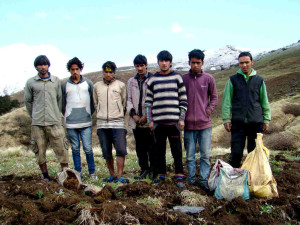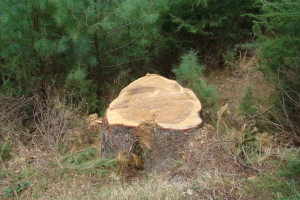The arrival of Punjabis, Tibetans and Nepalese during the 19th and 20th centuries, and especially after Indian independence in 1947, affected the social and economic conditions of the Kullu district’s inhabitants. The most significant change was the acquisition of skills and materials necessary for the exploitation of forest wealth for market, as opposed to home use. New finds in the pharmaceutical industry encouraged the commercialisation of medicinal herbs and animal products which, in turn, increased their exploitation by local people.





